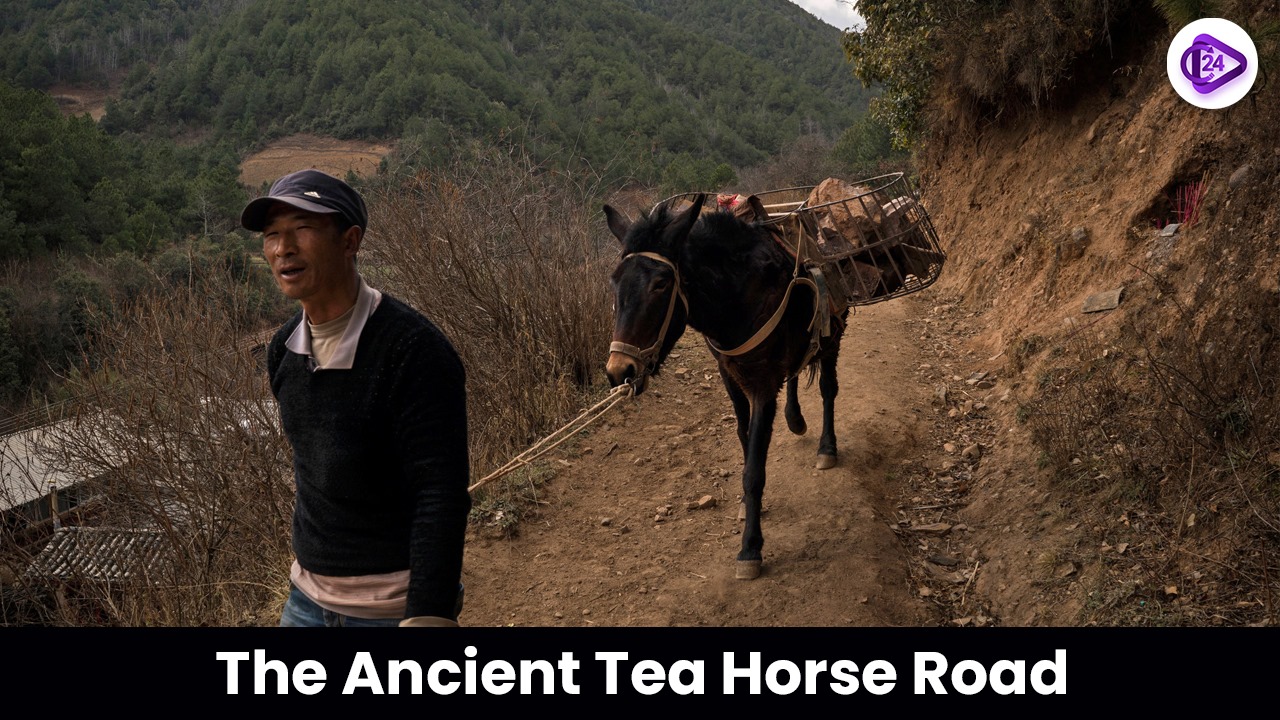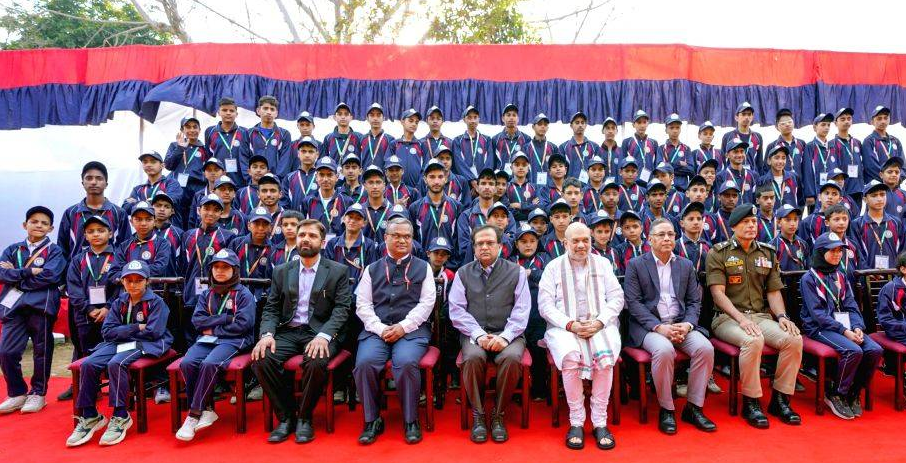
During the Tang Dynasty between 618-907 CE the Tea Horse Road started functioning as an extensive ancient trade network which bridged China to Tibet and India covering a distance of 2,000 km. The ancient trade passage operated successfully until modern transportation measures decreased its significance soon after 1949. The World War II period made the Tea Horse Road crucial for providing supplies. The remaining sites of Lijiang (a UNESCO location) showcase historical cultural value because they represent centuries of commercial dealings between China and Tibet and India.
Historical Significance
-
The Tea Horse Road initiated in the Tang Dynasty as a commercial network which connected Tibet to Southwest China and India along with fostering cultural exchanges.
-
The Tang Dynasty (618-907 CE) inaugurated the Tea Horse Road which thrived through the Song Dynasty period (960-1279 CE).
-
Chinese tea purchases from China resulted in acquiring vital military horses from Tibet.
Geographical and Trade Importance
-
The thoroughfare stretched for more than 2000 kilometers straight to Lijiang and Lhasa while spreading across parts of India and Nepal and Bangladesh.
-
The trail operators had to cross mountainous Himalayan routes which exceeded 10,000 feet of elevation.
-
The route expanded during early 20th century operation as Japan gained control of China’s coastal trade routes during World War II.
Decline and Revival
-
After the 1949 foundation of the People’s Republic of China together with modern transportation systems the Tea Horse Road declined in significance.
-
United Nations Educational Scientific and Cultural Organization recognized Lijiang as a World Heritage Site in 1997.
-
The Chinese government establishes this region as a cultural attraction and tourism destination because of its historical significance.
Modern Relevance
-
China’s ambassador to India Xu Feihong (Feb 25, 2025) brought up the Tea Horse Road to demonstrate historical relations between China and India.
-
Present-day preservation attempts of this historical route through research initiatives alongside tourism development maintain awareness about the prolonged economic and cultural relations between China and India.
Conclusion
Throughout its history the Tea Horse Road reflected the deep cultural and economic bond between Indo-China that lasted over multiple centuries. Books about the Tea Horse Road now showcase its diminished trade significance but still function as a historical and cultural connection that confirms India and China share a shared heritage and economic backgrounds.



 India at IPU 150: Lok Sabha Speaker to Lead Delegation to Tashkent
India at IPU 150: Lok Sabha Speaker to Lead Delegation to Tashkent The Waqf Amendment Bill, 2025: Section 40, History and Evolution of Waqf in India
The Waqf Amendment Bill, 2025: Section 40, History and Evolution of Waqf in India Haryana Launches AI Chatbot ‘Sarathi’ for Citizen Services
Haryana Launches AI Chatbot ‘Sarathi’ for Citizen Services Implications of Section 44(3) of the Digital Personal Data Protection Act, 2023
Implications of Section 44(3) of the Digital Personal Data Protection Act, 2023 Betting and Gambling are State Subjects: Union Minister in Lok Sabha
Betting and Gambling are State Subjects: Union Minister in Lok Sabha Tamil Nadu Allocates ₹1,087 Crore for Village Panchayat Development
Tamil Nadu Allocates ₹1,087 Crore for Village Panchayat Development Watan Ko Jano Programme: Promoting National Integration Among Kashmiri Youth
Watan Ko Jano Programme: Promoting National Integration Among Kashmiri Youth Rashtriya Gokul Mission: Strengthening Indigenous Cattle Breeds
Rashtriya Gokul Mission: Strengthening Indigenous Cattle Breeds ECI Reconsiders Voter ID-Aadhaar Linkage Amid Privacy Concerns
ECI Reconsiders Voter ID-Aadhaar Linkage Amid Privacy Concerns Lok Sabha Passes Bills of Lading Bill, 2025, Modernizing 169-Year-Old Colonial Shipping Law
Lok Sabha Passes Bills of Lading Bill, 2025, Modernizing 169-Year-Old Colonial Shipping Law






